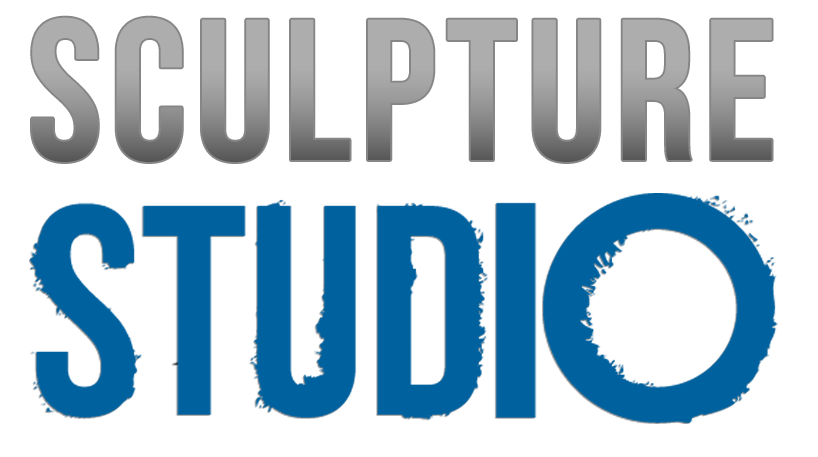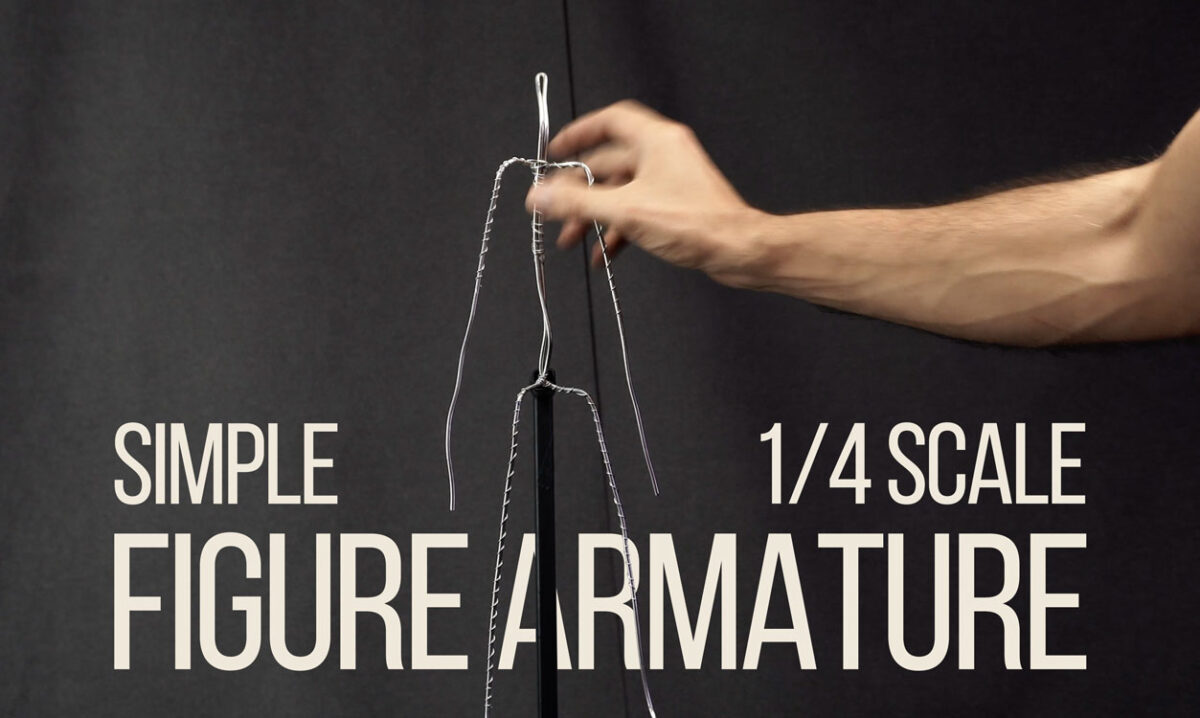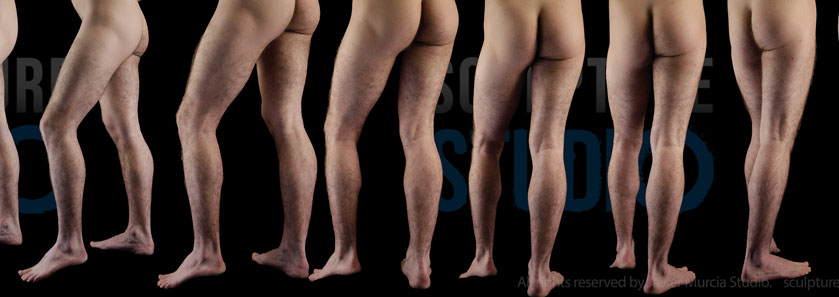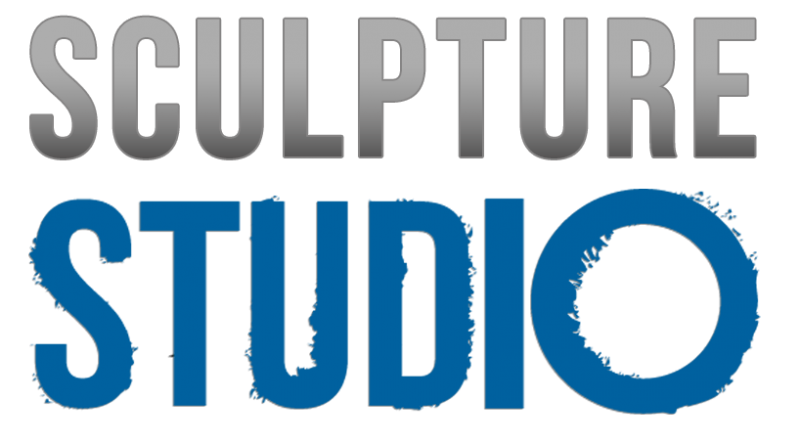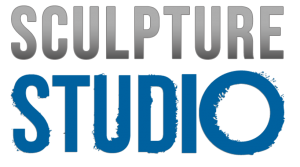Sculpting Legs part 3. From Structure to Form.
- Post author By Javier Murcia
- Post date 13 de May de 2025
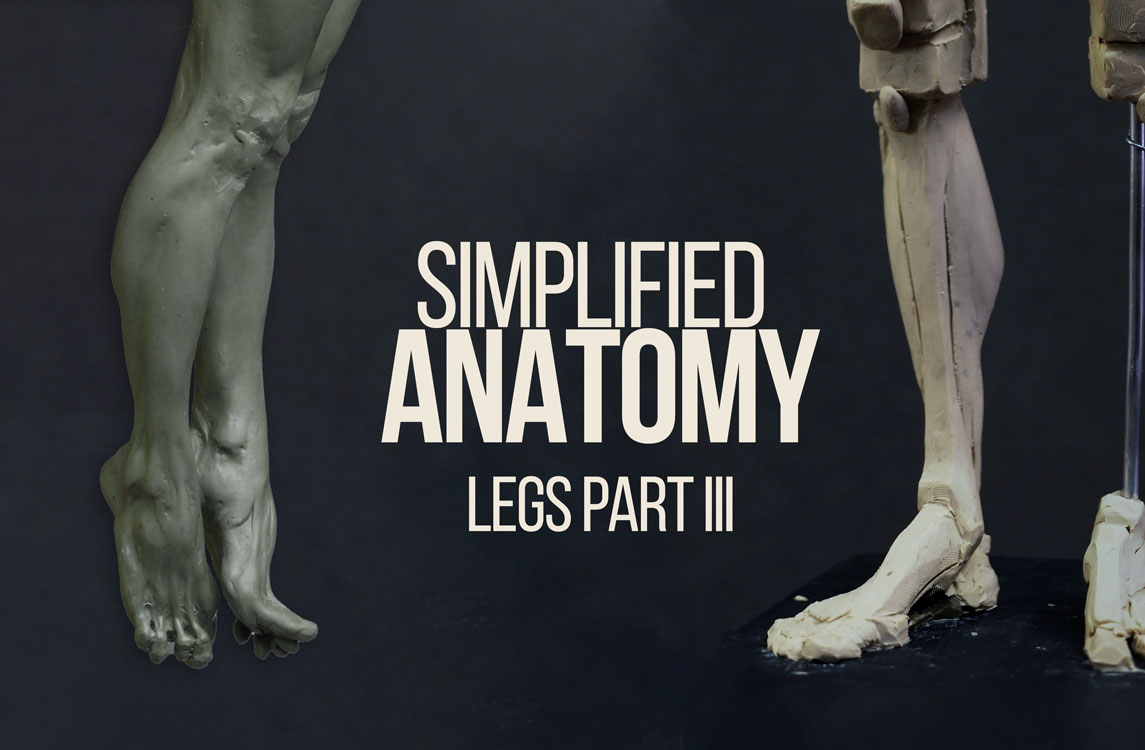
From Structure to Form: Strengthening Your Sculptural Understanding
In previous articles, we’ve established the importance of working with solid references and a clear method. A strong start means using accurate visual sources and building a structured foundation that helps you achieve correct proportions, volume, and balance.
In the video accompanying this article, we move a step further—from basic structure to simplified anatomy. This phase is all about translating anatomy into readable forms that are easy to recognize and recreate. It does require anatomical knowledge—not only understanding where muscles are, but also how to lay them out convincingly in relation to your reference model.
You’ll notice I exaggerate the anatomical shapes quite a bit. This isn’t a stylistic choice but an intentional move to make the structure more visible and obvious. Although the figure in this example is in a resting pose—great for learning—the principles become even more essential when you introduce dynamic poses, which add layers of complexity.
Legs and feet, in particular, can be challenging. Their function in balance and movement means their forms are subtle, often misunderstood, or overlooked. That’s why exercises like this are valuable—they help clarify the form and improve your understanding of what goes where.
If you’re a beginner, intermediate, or even a professional who sometimes feels their work lacks clarity or strength, it might be due to insufficient anatomical integration. This method isn’t about copying a lifelike figure perfectly; it’s about understanding the logic of the anatomy so that your final piece feels more alive, grounded, and intentional.
Personally, working this way has helped me a great deal—clarifying structure, defining mechanics, and pushing anatomy just far enough to avoid softness and achieve strength in my final sculptures.

👉 If you are interested in learning more about how to sculpt the human figure join our Newsletter and we will keep you in the loop for more articles like this, tutorials and online and in person workshops you might find interesting.

